Buildings Never Built Top 10 Fascinating
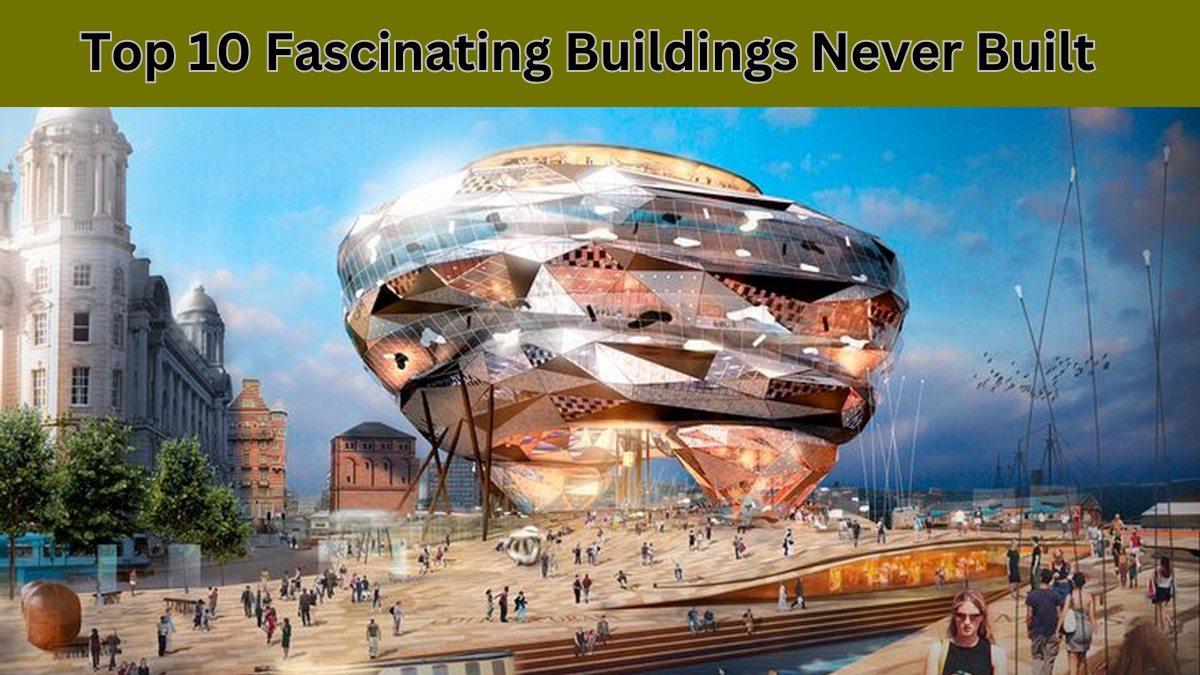
Explore the top 10 fascinating buildings that were never built, from Gaudí’s Hotel Attraction to the Nazi Volkshalle, and discover the intriguing stories behind these ambitious, unrealized projects.
Volkshalle (The Great Dome)
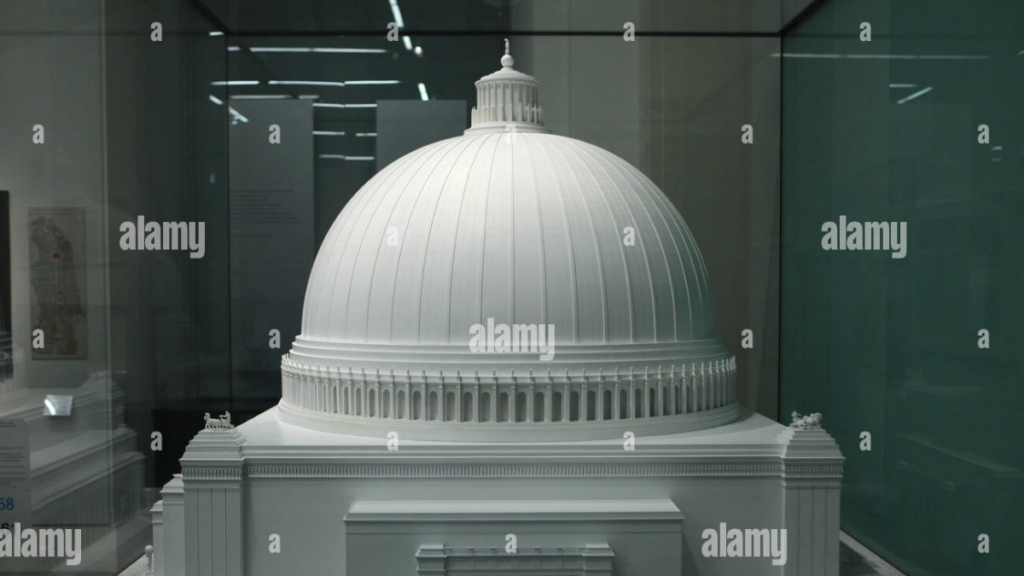
Designed: ~1930, Berlin, Germany Planned by Adolf Hitler and architect Albert Speer, the Volkshalle was intended to be the architectural centerpiece of Berlin and a symbol of Nazi power. This monumental dome would have dwarfed anything else in size and impact.
Interesting Fact: The design included a hidden visual illusion—a shadow cast at a particular time of year that resembled Hitler’s face.
Palace of Soviets
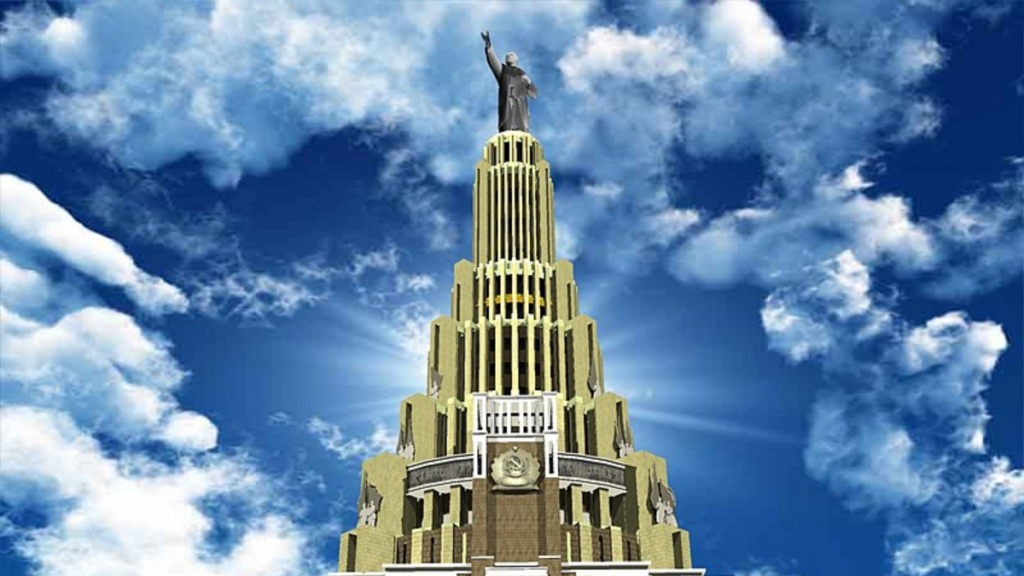
Designed: 1933, Moscow, Soviet UnionIntended to be the world’s tallest structure, this palace was to be built on the site of the demolished Cathedral of Christ the Savior. Construction began in 1937 but was halted due to World War II.
Interesting Fact: The steel frame for the palace was disassembled during the war and used for bridges and fortifications. The original cathedral was later rebuilt in 1995-2000.
Ultima Tower
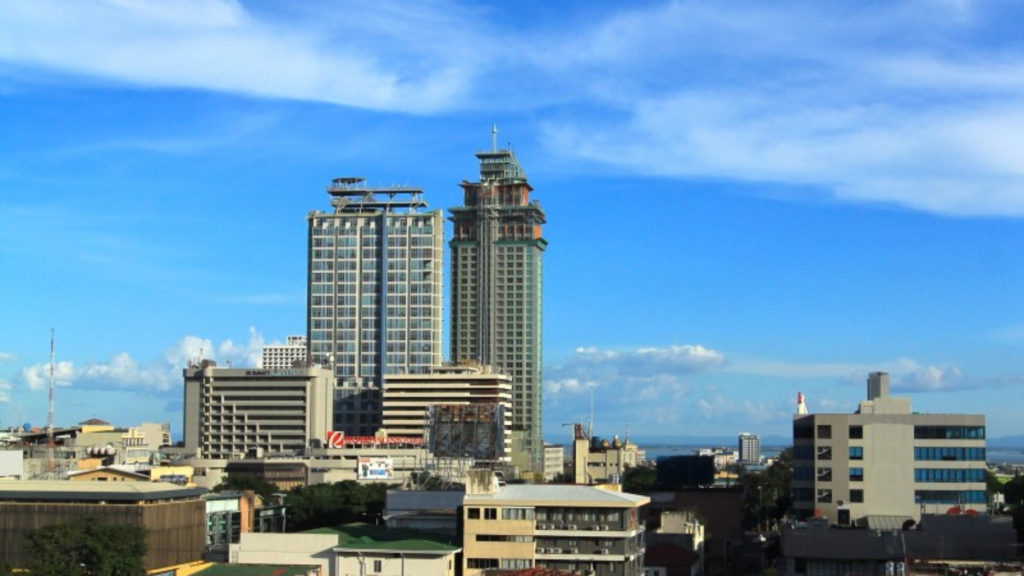
Designed: 1991, San Francisco, CaliforniaArchitect Eugene Tsui envisioned this two-mile-high, 500-story building to house one million people. Its design included atmospheric energy conversion, inspired by termite nests.
Interesting Fact: The Ultima Tower was designed to convert atmospheric pressure differences into electrical power.
Shimizu Mega-City Pyramid
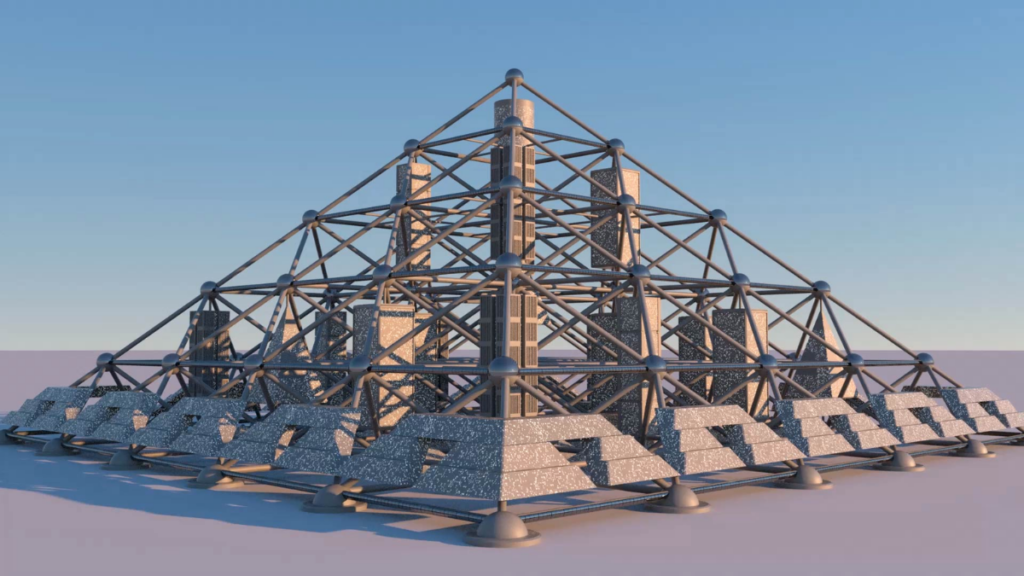
Designed: 2004, Tokyo, JapanA colossal pyramid proposed to rise over Tokyo Bay, it would have housed 750,000 residents. At 12 times the height of the Great Pyramid of Giza, it was planned to be the largest structure ever built.
Interesting Fact: The project depends on future materials technology to create super-strong, lightweight materials that don’t yet exist.
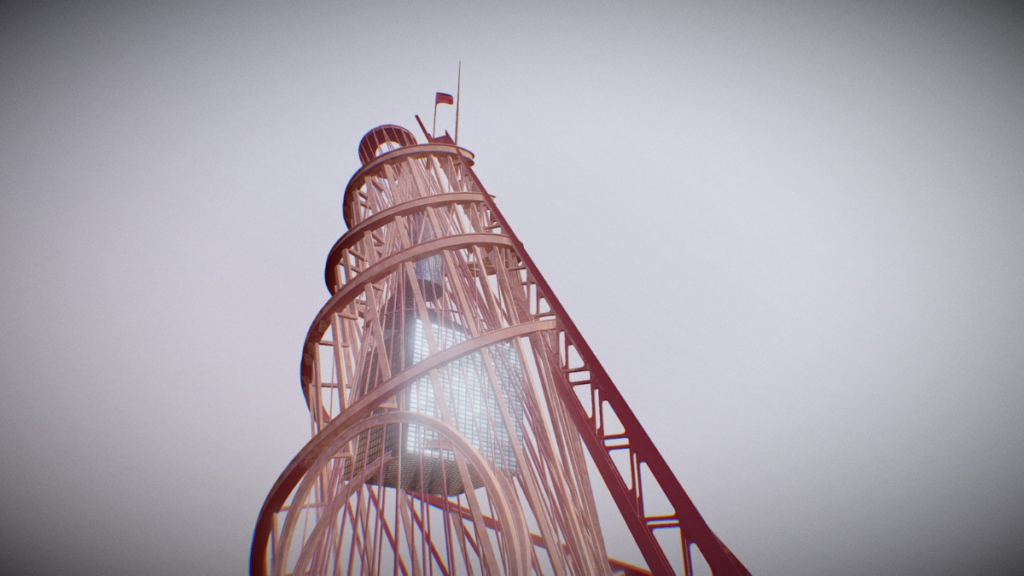
Designed: ~1917, St. Petersburg, RussiaTatlin’s Tower was envisioned as a spiraling iron and glass structure, intended to outshine the Eiffel Tower. It would have housed rotating venues for conferences and events.
Interesting Fact: A rotating cube at the base would complete a rotation once a year, while a pyramid above it would rotate once a month.
Ville Contemporaine
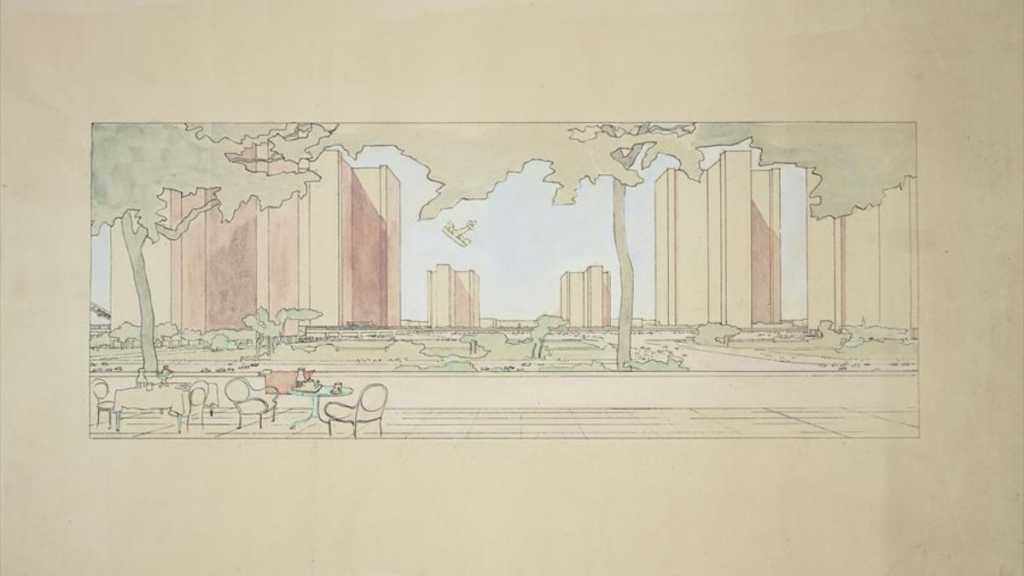
Designed: 1922, Paris, FranceArchitect Le Corbusier designed this visionary city to house three million people. The centerpiece was a group of 60-story skyscrapers, with an airport on the roof and multi-level transportation hubs below.
Interesting Fact: It was intended to solve Paris’s urban housing crisis and replace the growing slums.
Beacon of Progress

Designed: ~1891, Chicago, IllinoisProposed for Jackson Park, this 1,500-foot stone tower was envisioned as a symbol of the Chicago World’s Fair.
Interesting Fact: The base would have seated 100,000 people in an amphitheater, with piers extending into Lake Michigan for regattas.
Fourth Grace (The Cloud)

Designed: 2002, Liverpool, EnglandWill Alsop’s design, known as “The Cloud,” won the competition to complement Liverpool’s famous Three Graces. However, the project was canceled in 2004 due to rising costs.
Interesting Fact: The design included office space, a hotel, and community facilities such as bars and viewing galleries.
The Illinois
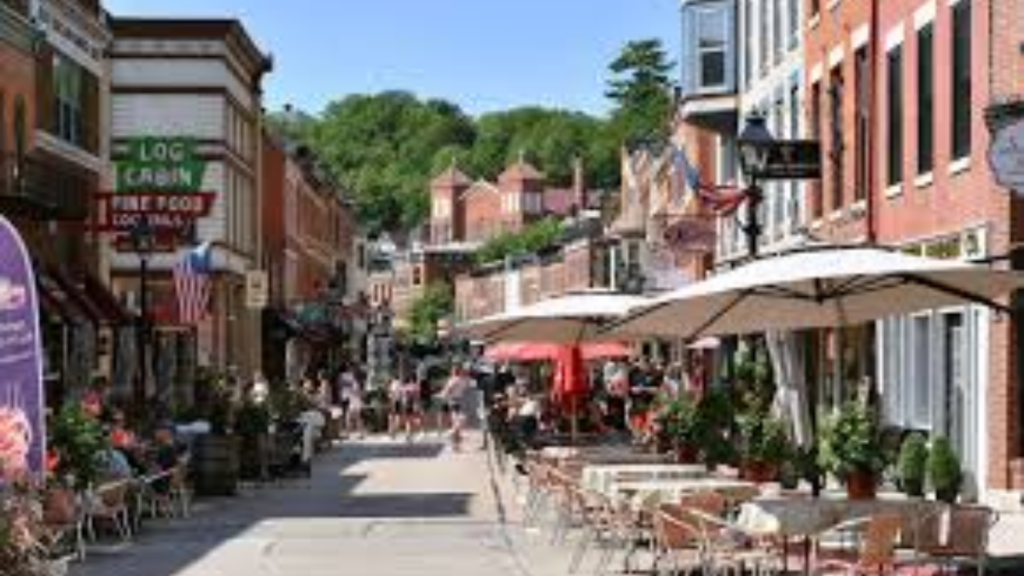
Designed: 1956, Chicago, IllinoisFrank Lloyd Wright proposed this mile-high skyscraper with 528 stories. However, the design faced major challenges, including elevator systems that would have occupied too much space.
Interesting Fact: Wright believed that the technology of the time could support such an ambitious project.
Hotel Attraction
Designed: 1908, New York City, New YorkDesigned by Antoni Gaudí, the Hotel Attraction was intended to be the tallest building in New York, standing at 1,181 feet. The project was rediscovered in 1956
.Interesting Fact: Gaudí’s drawings were later considered as a possible inspiration for rebuilding Ground Zero in Manhattan.


